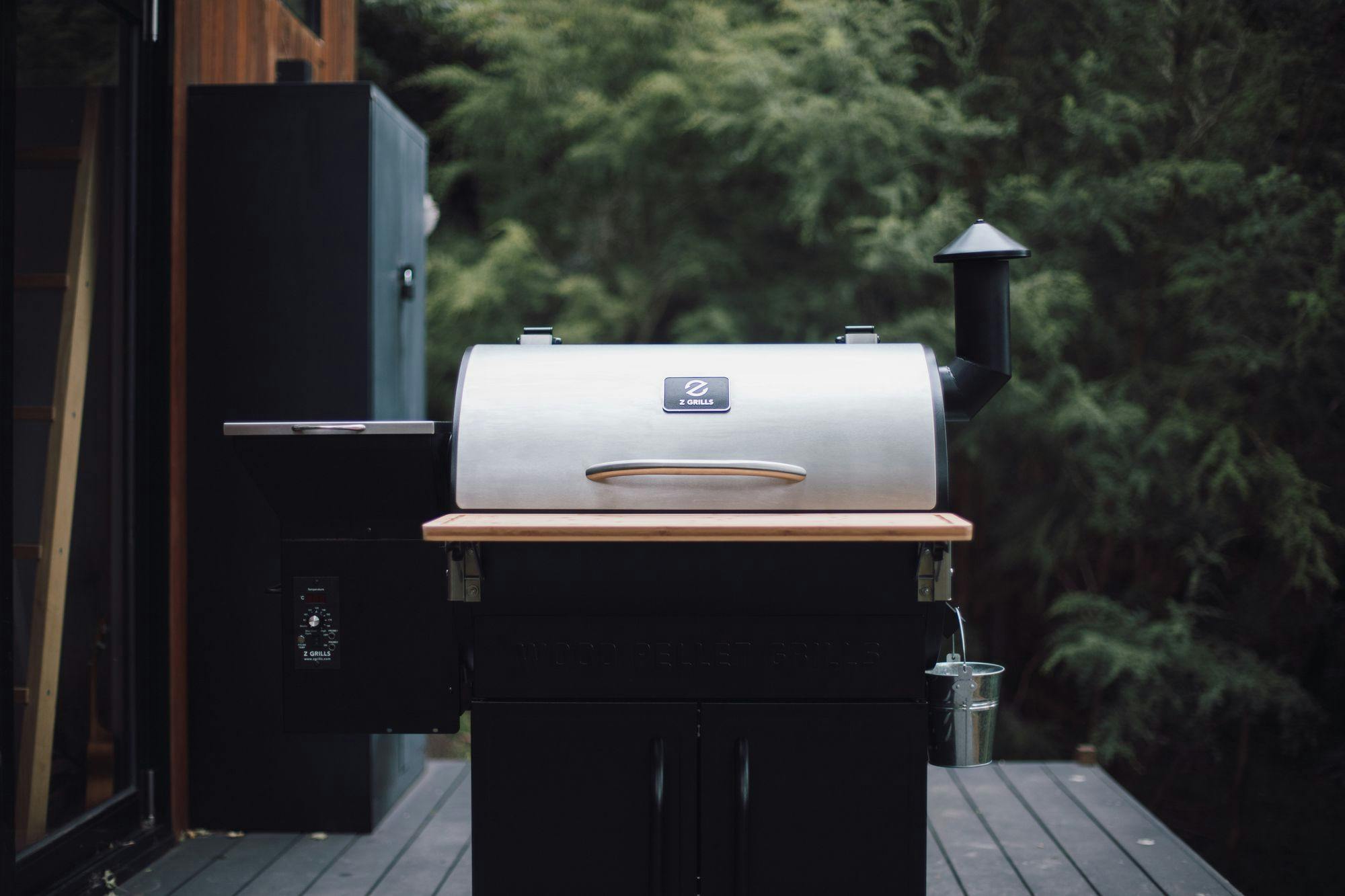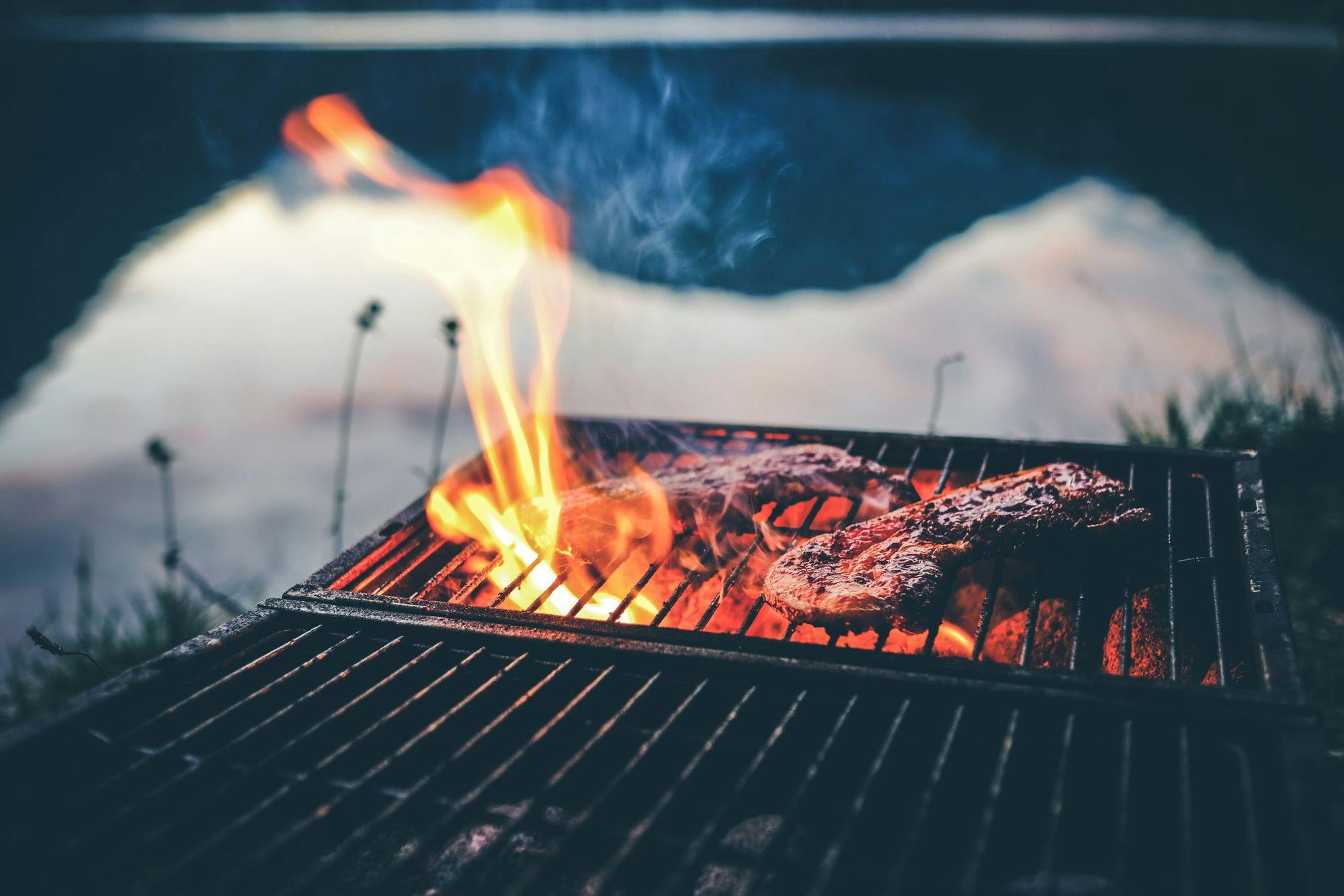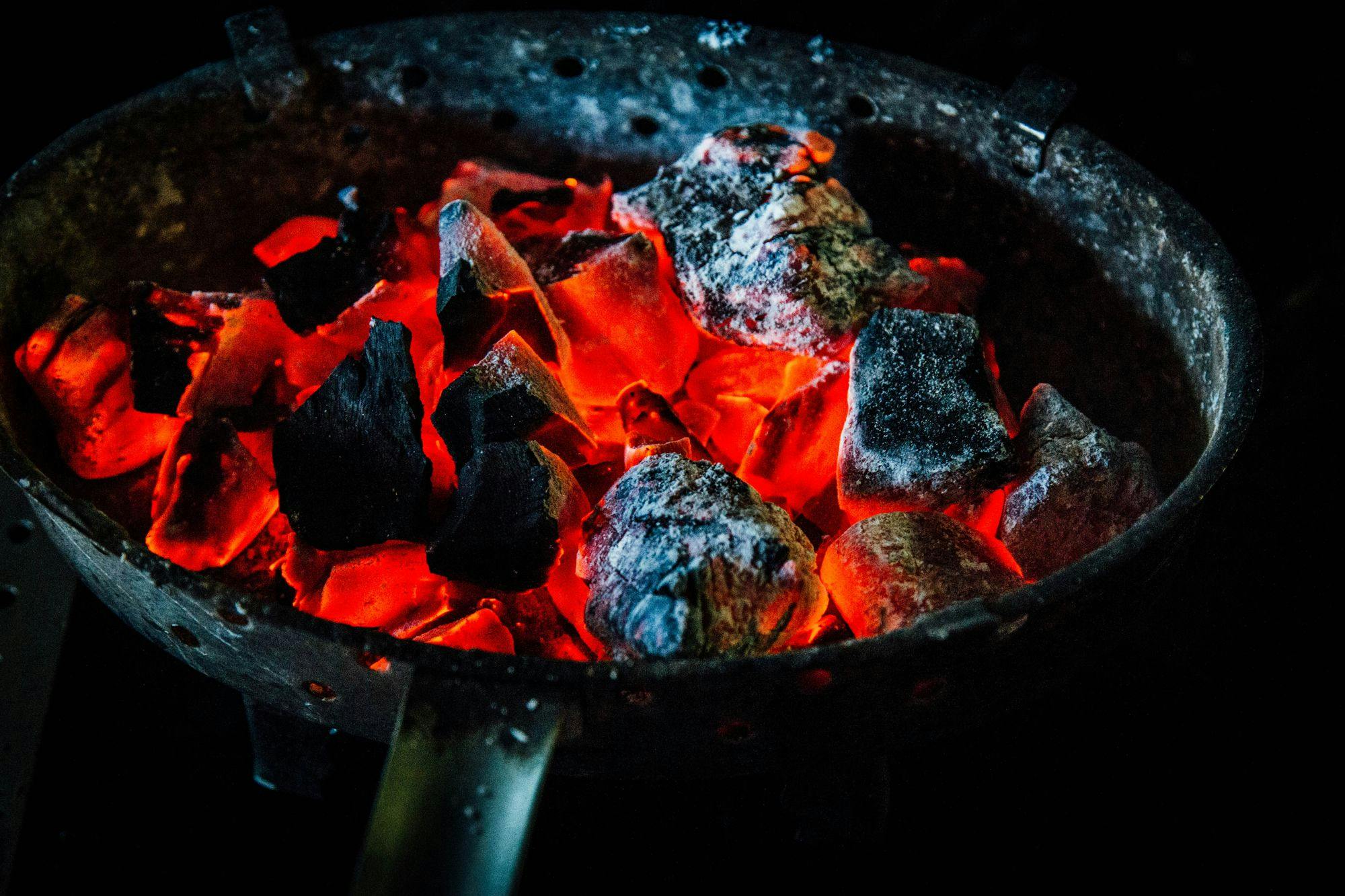Introduction
Unleash your inner chef with the Summoners War Chronicles Cooking Recipes! Canning is not only a practical way to extend the shelf life of your favorite ingredients, but it also allows you to create delicious homemade meals all year round. In this article, we will guide you through the canning process, from ingredient selection to serving, using the mouthwatering recipes from the Summoners War Chronicles.
The Benefits of Canning
Before diving into the details of canning, let's explore the numerous benefits it offers. First and foremost, canning allows you to preserve the harvest. Whether it's a bountiful summer harvest or a surplus of vegetables from your garden, canning enables you to enjoy the flavors of fresh produce all year long.
Another advantage of canning is the retention of nutritional value. When you can fruits and vegetables at their peak ripeness, you lock in the vitamins and minerals that might otherwise degrade over time. This means that even months later, your canned goods will still provide a nutritious boost to your meals.
Canning is also incredibly convenient. With a well-stocked pantry of canned goods, you'll always have the ingredients you need for a quick and easy meal. Forget running to the grocery store on a busy weeknight – simply grab a jar of canned vegetables or protein from the Summoners War Chronicles Cooking Recipes and whip up a delicious dinner in no time.
Lastly, canning can be a cost-effective way to save money. By purchasing ingredients in bulk and canning them yourself, you can take advantage of sales and discounts. Plus, you'll avoid wasting any excess produce that might go bad before you have a chance to use it.
Selection Criteria for Canning
When it comes to canning, selecting the right ingredients is crucial. Here are a few key factors to consider when choosing what to can:
Freshness: Opt for ripe, high-quality produce. Avoid fruits and vegetables that are overripe or have any signs of spoilage.
Seasonality: Canning is a great way to make the most of seasonal produce. Choose ingredients that are in season to maximize flavor and freshness.
Variety: The Summoners War Chronicles Cooking Recipes offer a wide range of options for canning. Experiment with different fruits, vegetables, and proteins to discover new flavors and combinations.
In addition to selecting the right ingredients, it's important to have the necessary canning equipment. Here are a few essential items:
Jars: Choose jars suitable for canning, such as mason jars. Make sure they are in good condition and free from any cracks or chips.
Lids and bands: Ensure that the lids and bands are in good condition and properly sealed. This will ensure a tight seal during the canning process.
Canning pot: Use a large pot with a rack for water bath canning. This will allow for even heat distribution and proper processing of the jars.
The Canning Process: A Detailed Recipe
Now that you have your ingredients selected and your canning equipment ready, it's time to dive into the canning process itself. Here is a step-by-step guide to help you through each stage:
Step 1: Preparing the ingredients
Start by washing and peeling your fruits and vegetables. Remove any stems, seeds, or tough skin as necessary. Next, cut the ingredients into the desired sizes. For example, if you're canning peaches, you may want to slice them or cut them into wedges. If you're canning tomatoes, you may want to dice them or leave them whole. Additionally, if you're canning proteins such as chicken or beef, pre-cook them to ensure they are fully cooked and safe to eat after the canning process.
Step 2: Sterilizing the jars and lids
Properly sterilizing your jars and lids is essential to prevent contamination and ensure the safety of your canned goods. Start by cleaning the jars and lids thoroughly with hot, soapy water. Rinse them well to remove any soap residue. You can then choose to sterilize them using boiling water or by running them through a dishwasher cycle on the hottest setting.
Step 3: Filling the jars
Once your jars and lids are sterilized, it's time to fill them with your prepared ingredients. Pack the ingredients tightly into the jars, leaving appropriate headspace. The headspace is the empty space between the top of the food and the rim of the jar. It allows for expansion during processing and ensures a proper seal. Depending on the recipe, you may also need to add a liquid, such as brine or syrup, to the jars.
Step 4: Processing the jars
There are two main methods for processing jars: water bath canning and pressure canning.
Water bath canning is suitable for high-acid foods, such as fruits, pickles, and jams. To water bath can, place the filled jars into a canning pot with a rack. Add enough water to cover the jars by at least one inch. Bring the water to a boil and process the jars for the recommended time, which will vary depending on the recipe.
Pressure canning is necessary for low-acid foods, such as vegetables, meats, and soups. A pressure canner uses high heat and pressure to kill any bacteria or pathogens. Follow the manufacturer's instructions for your specific pressure canner and process the jars for the recommended amount of time.
Step 5: Sealing and storing the jars
After processing, carefully remove the jars from the canning pot or pressure canner using jar lifters or oven mitts. Place them on a towel or cooling rack and allow them to cool completely. As the jars cool, you may hear a popping sound, which indicates that the lids are sealing properly. Once the jars are completely cool, check the seals by pressing down on the center of each lid. If the lid doesn't move or make a popping sound, it is sealed correctly. Label and date the jars, and store them in a cool, dark place.
Pitfalls to Watch Out For
While canning is a relatively straightforward process, there are a few common mistakes to avoid. One of the most important things to keep in mind is ensuring proper acidity levels for safe canning. High-acid foods, such as fruits and pickles, can be safely water bath canned, while low-acid foods, such as vegetables and meats, require pressure canning. It's crucial to follow tested canning recipes to ensure the correct acidity levels and processing times.
Another pitfall to watch out for is signs of spoilage. If you notice any bulging lids, leakage, mold, or off smells, it's best to discard the contents of the jar. Spoiled canned goods can pose health risks, so it's important to err on the side of caution.
Serving Ideas for Canned Foods
Now that you have a pantry full of delicious canned goods from the Summoners War Chronicles Cooking Recipes, let's explore some creative serving ideas. Canned fruits can be used in pies, cobblers, or as toppings for yogurt or oatmeal. Canned vegetables can be added to soups, stews, or stir-fries for a quick and nutritious meal. Canned proteins, such as chicken or beef, can be used in sandwiches, salads, or pasta dishes. The possibilities are endless, so get creative and experiment with different flavor combinations!
You can also elevate the presentation of canned foods by using them in creative and appealing ways. Arrange a colorful assortment of canned fruits on a cheese board or use them to top a homemade pizza. Create a beautiful charcuterie board featuring canned vegetables, pickles, and spreads. The key is to showcase the vibrant colors and flavors of your canned creations.
Conclusion
With the Summoners War Chronicles Cooking Recipes, you can elevate your culinary skills and enjoy the fruits of your labor all year long. Canning offers a multitude of benefits, from preserving the harvest to providing convenience and cost savings. By following the selection criteria, canning process, and serving ideas outlined in this article, you'll be well on your way to mastering the art of canning. So, grab your apron and start canning – the delicious world of homemade preserved foods awaits!
FAQ
Can I use any type of jar for canning?
While you may be tempted to use any jar you have on hand, it's important to choose jars specifically designed for canning, such as mason jars. These jars are made to withstand the high heat and pressure involved in the canning process and provide a secure seal.
How long can I store canned foods?
Canned foods can typically be stored for up to one year. However, it's important to regularly check the seals and look for
About Erika Oliver
Erika Oliver is a passionate writer, community advocate, and culinary enthusiast dedicated to bringing people together through the art of barbecue and neighborhood connections. With a profound love for both food and community, Erika has become an influential voice in promoting the joy of gathering around the grill and fostering a sense of belonging among neighbors.



